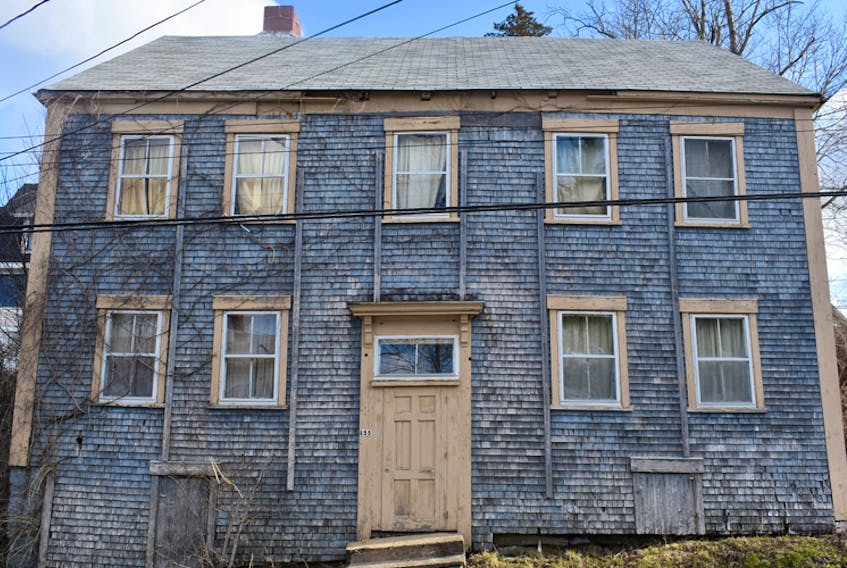Like most of the province, affordable housing is an issue across the South Shore.
“Our housing needs are diverse and complex,” said Nancy Green, a spokesperson for the South Shore Housing Action Coalition (SSHAC).
“Looking at the core housing need numbers, particularly for households which rent, it would seem that the affordability of rental housing stock isn’t improving.”
The SSHAC was founded in 2010 to combat the region’s lack of affordable housing. And, according to the most recent census data, the core housing needs in Lunenburg and Queens counties are far above the provincial average.
Provincially, roughly 13 per cent of Nova Scotians are in core housing need compared to the 18.4 per cent in Lunenburg County and 17.5 per cent in Queens County.
A household in core housing need is one whose dwelling is considered unsuitable because of occupancy or monetary reasons.
Green says renters across the South Shore are more likely to be in need, which corresponds to data from the 2018 Canadian Rental Housing Index.
The index, which was organized by the BC Non-Profit Housing Association with national partners, shows the South Shore’s rental market is pushing renter households to the financial brink.
Approximately 42 per cent of Lunenburg County’s 4,250 renter households are spending over 30 per cent of household income on rent and utilities. In Queens County, 43 per cent of the region’s 900 renter households are also spreading themselves financially thin.
Out of Lunenburg County’s 16,945 homeowner households, 12.9 per cent are in core housing need; the numbers are even lower in Queens, where just 11.6 of the 3,820 homeowner households are in need.
Overall, the core housing numbers have only gotten worse over time.
“The rates of core housing need has generally increased across communities,” said Green.
There’s been a recent shift to address the issue, which plagues almost one in five people across the region.
“There seems to be a growing awareness about the affordability challenges and communities across the South Shore are working to take action,” she said.
Green pointed to Bridgewater’s energy program, an interest in cohousing projects and government funding as ways to secure affordable housing.
Lunenburg recently launched a project to get public input on topics such as housing.
Coun. Joseph Carnevale, who is the town’s representative on the SSHAC, said addressing housing needs to be a priority across the region.
While the problem can't be solved overnight, housing stock needs to be available for all incomes and ages, he says.
“I think it’s a good initiative for us as a town if we want to grow and welcome more people,” he said.
“It’s never too late.”









